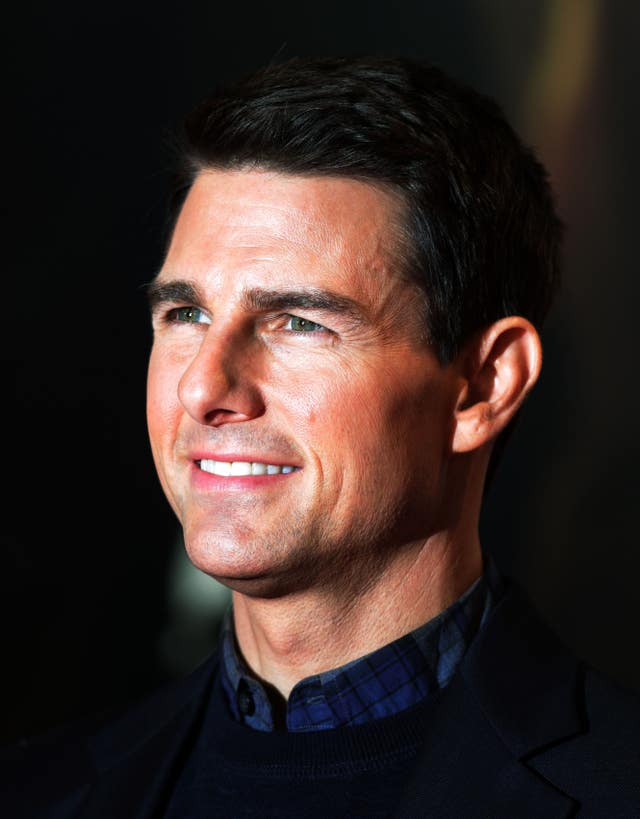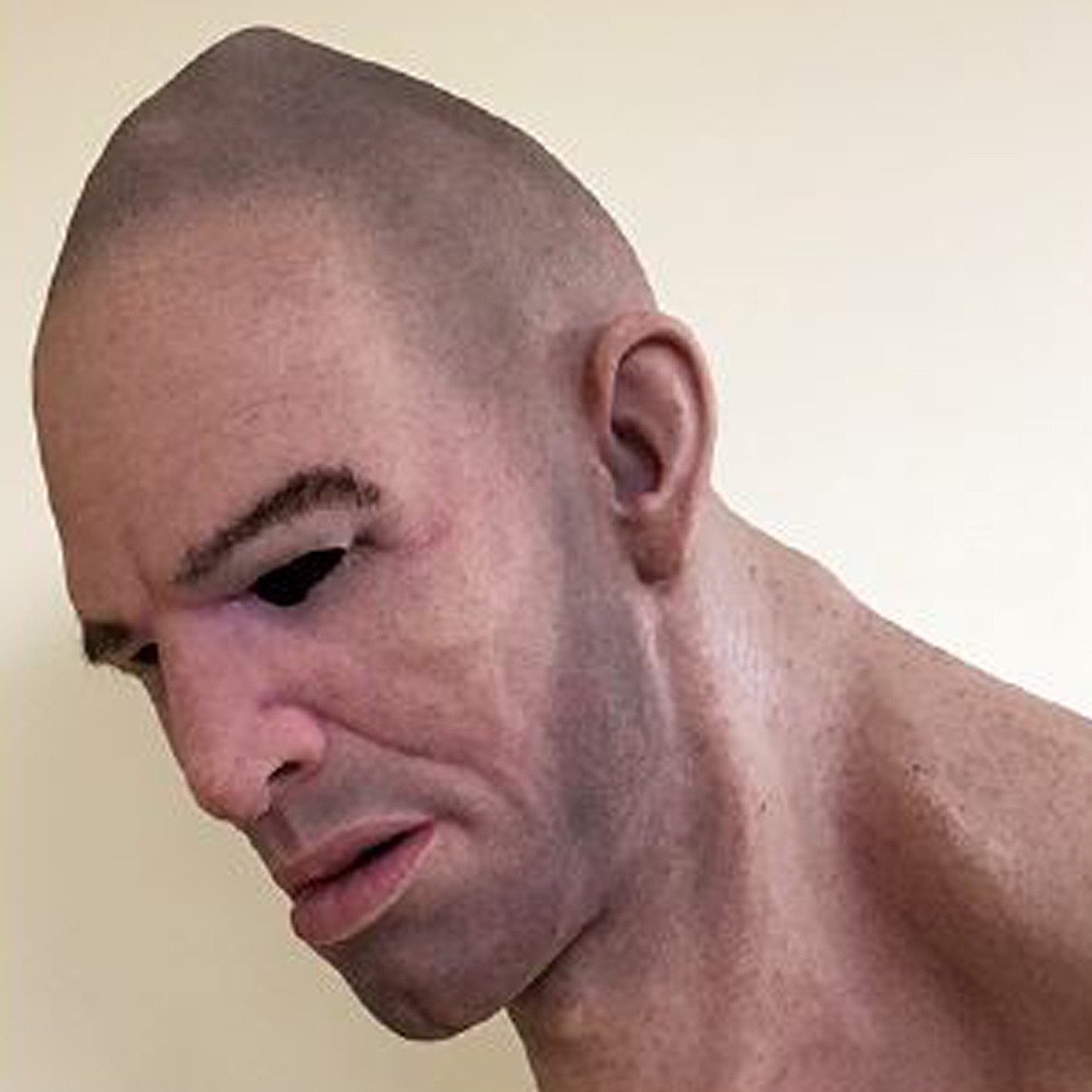
Sophisticated masks first used in Hollywood films and which now cost as little as £500 are convincing enough to pass as real faces, researchers have found.
The silicone masks have been used in bank robberies and by people taking international flights in disguise, with suspects switching gender, ethnicity and looking decades younger or older within just a few seconds.
The technology was developed by the film industry so Hollywood stars did not have to sit for hours having make-up done, with the masks placed over their head in seconds.
 Tom Cruise, seen here at the UK premiere of Mission: Impossible Ghost Protocol, famously donned masks in the films (Yui Mok/PA)
Tom Cruise, seen here at the UK premiere of Mission: Impossible Ghost Protocol, famously donned masks in the films (Yui Mok/PA)
Tom Cruise famously radically altered his appearance with masks in the Mission: Impossible franchise.
Research by York University found people were very bad at spotting people wearing one of the “hyper-realistic” masks in photographs and in real life.
Dr Rob Jenkins, from the Department of Psychology, said: “We wanted to see if people would distinguish these masks from real faces, so we asked people to describe the faces they saw in photographs or in live viewing.
“Only one in 100 viewers mentioned a mask.
“When we asked if there was anything unusual about the faces, that number rose to one in 50.
“Even when we told them it could be a mask, most people still thought it was a real face.”
 Dr Rob Jenkins carried out research which showed how sophisticated masks can trick unsuspecting people (York University/PA)
Dr Rob Jenkins carried out research which showed how sophisticated masks can trick unsuspecting people (York University/PA)
Dr Jenkins said masks could trick law enforcement agencies into looking for entirely the wrong person, whereas if a robber in a balaclava would have a question mark next to their appearance.
He added there had been an instance of someone in a mask boarding a flight and they were only detected when they came back to their seat, having taken it off in the toilet, looking like a different person.
Now masks are getting cheaper and better, he said, and are available online without need for a fitting.
They completely cover the head, neck and upper chest, so there is no visible join around the collar.
Dr Jenkins has worn masks at work to gauge people’s reactions, saying: “It gives you a strange feeling of anonymity.
 One of the hyper-realistic masks (York University)
One of the hyper-realistic masks (York University)
“I went into the staff room and I was expecting people to say ‘Rob, what are you doing? Take the mask off’.
“But no-one had that reaction at all, people were a bit confused as to why this old man was in the staff room.”
But there are ways for humans, and possibly machines, to detect when someone is disguised.
Dr Jenkins said thermal detectors could be used to gauge the temperature of someone’s face, with flesh being different from silicone.
And suspicions could be raised by how someone speaks as the masks can make it difficult to form certain words.
He said: “We are wondering if, strangely, it might be audio which allows us to solve this difficult visual test.”
The research is published in the journal Cognitive Research: Principles and Implications.


Why are you making commenting on The Herald only available to subscribers?
It should have been a safe space for informed debate, somewhere for readers to discuss issues around the biggest stories of the day, but all too often the below the line comments on most websites have become bogged down by off-topic discussions and abuse.
heraldscotland.com is tackling this problem by allowing only subscribers to comment.
We are doing this to improve the experience for our loyal readers and we believe it will reduce the ability of trolls and troublemakers, who occasionally find their way onto our site, to abuse our journalists and readers. We also hope it will help the comments section fulfil its promise as a part of Scotland's conversation with itself.
We are lucky at The Herald. We are read by an informed, educated readership who can add their knowledge and insights to our stories.
That is invaluable.
We are making the subscriber-only change to support our valued readers, who tell us they don't want the site cluttered up with irrelevant comments, untruths and abuse.
In the past, the journalist’s job was to collect and distribute information to the audience. Technology means that readers can shape a discussion. We look forward to hearing from you on heraldscotland.com
Comments & Moderation
Readers’ comments: You are personally liable for the content of any comments you upload to this website, so please act responsibly. We do not pre-moderate or monitor readers’ comments appearing on our websites, but we do post-moderate in response to complaints we receive or otherwise when a potential problem comes to our attention. You can make a complaint by using the ‘report this post’ link . We may then apply our discretion under the user terms to amend or delete comments.
Post moderation is undertaken full-time 9am-6pm on weekdays, and on a part-time basis outwith those hours.
Read the rules here